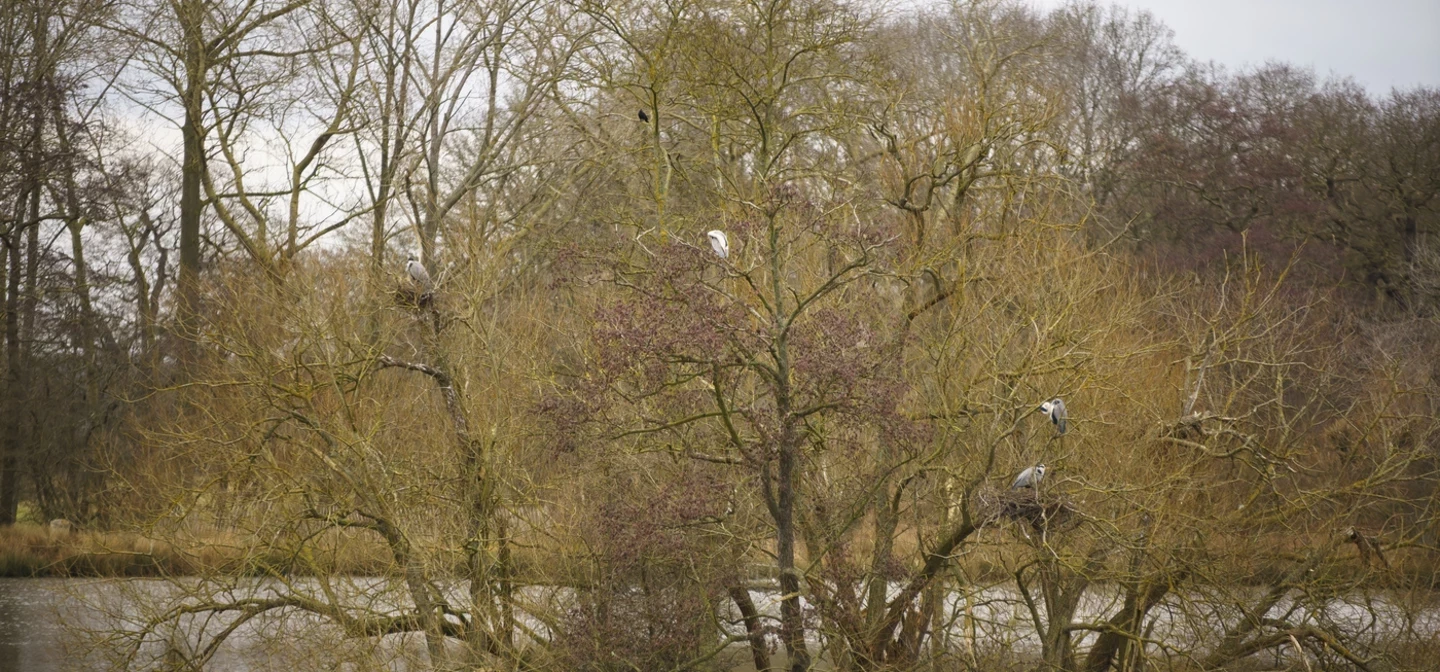
Climate & conservation
The 5,000 acres of the Royal Parks are some of the most biodiverse urban parkland in the UK. They are havens for many rare wildlife species, and endangered habitats like acid grassland and veteran trees.
The Royal Parks – towards a greener, cleaner, cooler future
The Royal Parks are one of London’s most effective green assets against climate change.
When we at The Royal Parks charity declared a climate emergency in 2020, we put nature conservation and fighting climate change at the heart of everything we do.
The Royal Parks already form a natural shield against the worst effects of global warming – making the city a better place to live. Like all cities, London is a heat-island – a literal hot spot on the map. The trees and plants of the parks cool the air and control the temperature. They have huge carbon stores below ground, and their soil acts as a natural sponge – soaking up floodwater or storing it for times of drought. A huge resource of natural capital that we must conserve and enhance at all costs.
The parks also support thousands of animal and plant species. Their many habitats are hubs within London’s network of greenspaces, gardens and street trees to provide wildlife corridors through the city. This allows wildlife to move through London’s built environment including in response to climate change, boosting biodiversity right across the capital – from the parks right into your own garden, and back!.
Taking action – what’s happening on the ground
Our Biodiversity Framework sets out how we will achieve our 2030 vision for nature, - by protecting wildlife, creating new and richer habitats and planting for resilience against drought. We’re adapting buildings to be wildlife friendly and creating new wetlands and shallow scrapes to manage water more sustainably.
We’ve launched major initiatives such as Help Nature Thrive and the Richmond Park and Bushy Park Restoration Project, supported by players of People’s Postcode Lottery. These long-term projects are designed to make the parks and their habitats as resilient to climate change as possible – on all fronts.
It’s our responsibility to look after the parks to the highest standards, so that whenever you visit, you have the best chance of enjoying birds, butterflies and bees. Which is why you’ll see work going on all the time.
The Royal Parks in a changing climate
Even a small temperature change can affect when a plant germinates, or flowers – and that has a domino effect. If spring arrives earlier, or autumn arrives later – it can affect whole wildlife populations.
The risk of localised extinctions is accelerating.
We have another amazing resource in the fight against climate change – the many volunteers who put their passion into positive action, working alongside our conservation teams.
If you think that might be for you, find out more here.
-
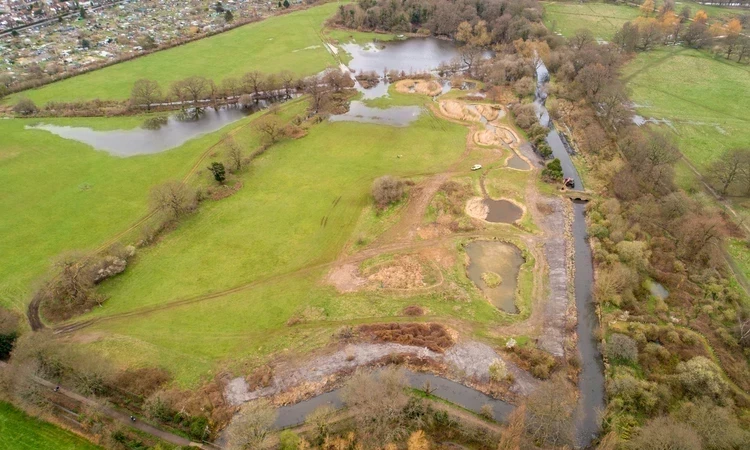
The Royal Parks in a changing climate
Climate change is having a profound effect on the natural environments and wildlife of the Royal Parks.
-
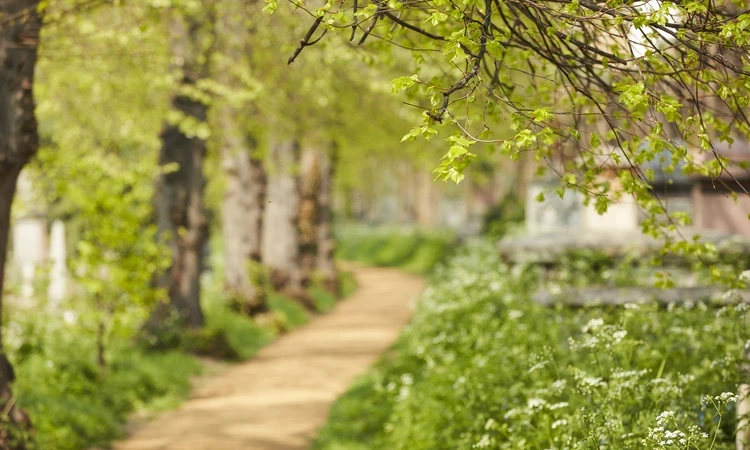
Natural capital of the parks
A nature landscape in Brompton cemetery
-
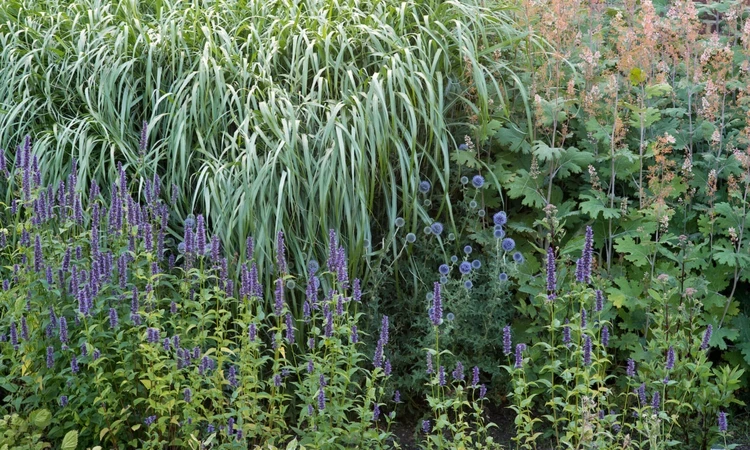
Gardening for biodiversity
Designing and planting a garden that’s pollinator-friendly is a really positive move for biodiversity.
-
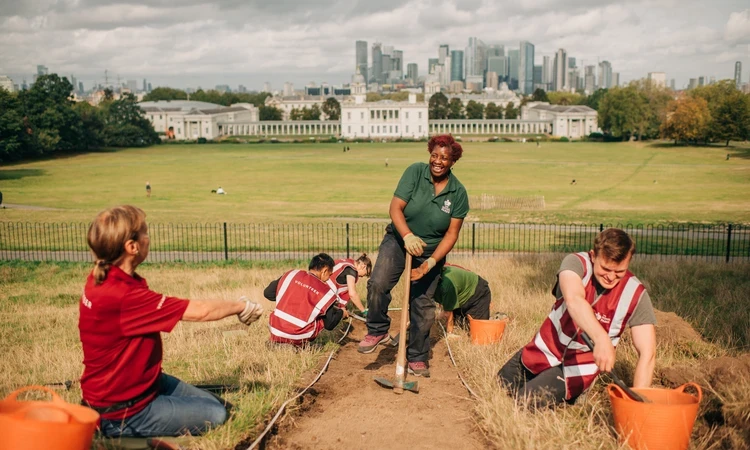
Volunteer with us
Would you like to volunteer with us? Our volunteers play a vital role in looking after the parks and support a wide-range of activities.